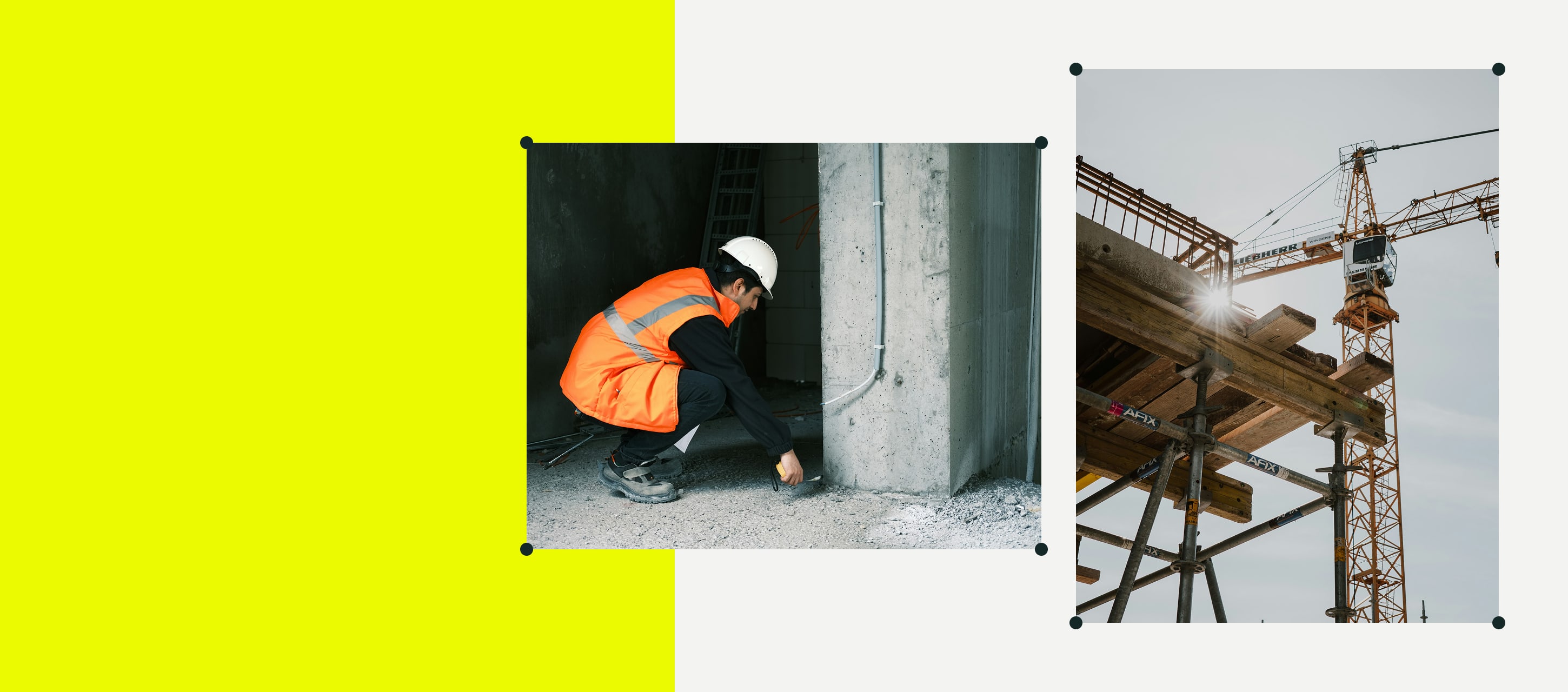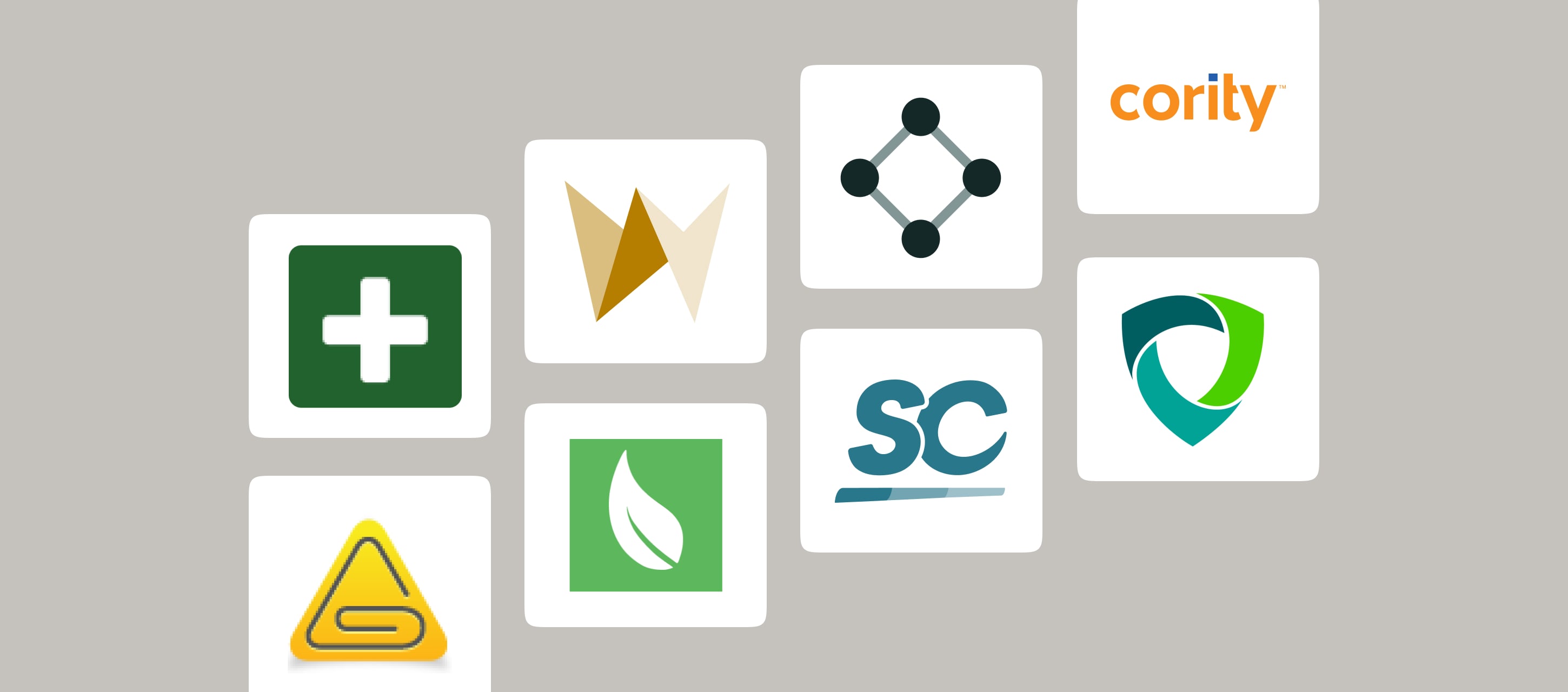No matter how the modern workplace evolves, keeping your people safe is always a top priority. But let’s face it – workplace injuries will always be a concern.
In fact, according to the Bureau of Labor Statistics, work-related injuries and illnesses in the U.S. increased by 7.5% from 2021 to 2022, totaling 2.8 million cases. Tragically, workplace fatalities also rose by 5.7%, reaching 5,478 lives lost in 2022.
The good news is as a business owner or safety manager, you can reduce workplace hazards with a conceptual framework called the Safety Pyramid. Below, we’ll explore more detailed steps of how to do it, including with the help of a dedicated safety management software.
Contents:
What Is the Safety Pyramid?
The Safety Pyramid (also called the Safety Triangle, Accident Triangle, or Heinrich’s Pyramid) is a simple yet powerful way to visualize workplace incidents.
It breaks them into three tiers: near misses at the base, minor injuries in the middle, and serious accidents at the top.
The idea? To show that every major accident is often preceded by countless near misses and smaller issues, making early intervention your best strategy for a safer worksite.
Heinrich Safety Pyramid Theory Explained
The Safety Pyramid started with Herbert William Heinrich, a pioneer in workplace safety, who had one simple idea: small incidents lead to big ones.
In 1931, he discovered that for every fatal accident, there are 29 minor injuries and 300 near misses. Those numbers aren’t just statistics – they’re a wake-up call to pay attention to the “small stuff” before it snowballs into something worse.
Heinrich’s research also tackled why accidents happen. He found that 88% come from unsafe actions, 10% from hazardous conditions, and only 2% are unavoidable.
What does that mean for you? It means most accidents can be prevented if you focus on the behaviors and risks happening every day.
How Bird Built a Bigger Picture
In the 1960s, Frank Bird built on Heinrich’s work, adding new layers to the pyramid. He included property damage incidents and non-injury events, showing how these also signal underlying problems. Bird also stressed the hidden costs of accidents, like lost work time, damaged equipment, and stressed-out teams.
His expanded model helped people see that safety isn’t just about avoiding injuries – it’s about protecting your team’s productivity, efficiency, and well-being.
Components of a Safety Triangle
The number of components in the Safety Pyramid depends on the version or interpretation you’re referencing. The original Heinrich’s model primarily focused on three main components – major accidents, near misses and minor injuries – that all focused on improvement of safety.
Frank Bird later expanded the model in the 1960s, and his version often includes five components:
1. Unsafe Acts/Conditions
This category makes up the base of the safety triangle. Incident precursors give you the opportunity to find and correct dangerous conditions and implement behaviors based safety before they lead to near misses and injuries.
The triangle framework, including essential health and safety documentation, represents the foundation of a safe workplace.
2. Near Misses and Minor Injuries
The bottom corners of the triangle stand for near misses and minor injuries. These occurrences serve as stronger warnings about the need to identify and address the source before a severe accident or fatality occurs.
3. Property Damage
It refers to incidents that result in harm to tools, equipment, structures, or materials rather than people. These events might seem less urgent because no one is physically hurt, but overlooking property damage can lead to bigger problems – both for safety and field productivity.
4. Minor Injuries
Minor injuries sit in the middle, bridging the gap between near misses and serious accidents. These are injuries that require first aid or minimal medical attention—like small cuts, bruises, sprains, or minor burns – but don’t result in hospitalization or significant time away from work.
5. Serious Injuries and Fatalities
The most severe incidents fall into this category, and workplaces must strive to eliminate accidents that cause life-changing or fatal injuries. Using timely incident reports is the first step towards this.
Which version is correct? Both are valid and widely used. The three-component model is simpler, while the five-component model dives deeper into contributing factors.
See How Much Paperwork Is Really Costing You
Criticism and Recent Updates
Despite its widespread use, the Safety Pyramid Theory hasn’t escaped criticism. One point of contention is the idea of a consistent 300:29:1 ratio, which may not hold true in all industries or situations. Critics of Heinrich’s Theory argue that differences in workplace dynamics, safety cultures and safety report practices limit the utility of the universal ratio.
Historically, many misunderstood the theory and focused solely on ending minor incidents, which wasn’t enough to stop severe injuries and fatalities. Some take issue with Heinrich’s focus on unsafe human behavior. They emphasize additional causative factors such as lack of training, tools in disrepair and limited leadership around mitigating workplace hazards.
Applying the Safety Pyramid in the 21st Century
In recent years, safety managers increasingly take a holistic perspective, embracing prevention rather than purely reacting to incidents as they occur. Industry professionals now recognize the importance of not only investigating incidents but also identifying and correcting potential hazards before they result in near misses or minor incidents.
Modern safety management systems emphasize leading indicators, which provide insights into an organization’s performance before incidents occur. Common metrics used as leading indicators include workplace safety training, hazard assessments and implementation of safety protocols.
Organizations can also combine Heinrich’s approach with other standards, such as the safety pyramid and OSHA standards. Data from OSHA, the Occupational Safety and Health Administration, suggests that the agency’s regulations have made a big impact, with workplace fatalities down from 38 per day in 1970 to 15 a day in 2022.
The updated approach encourages a more nuanced understanding of root causes. Instead of relying solely on Heinrich’s theory, organizations employ sophisticated incident investigation techniques and safety data analysis to identify systemic issues and implement targeted interventions.
Read More Read More How ZITON cuts the time for maintenance inspections by 72% with digital checklists
Incorporating the Modern Safety Pyramid with Fluix
Whether you’re implementing your first safety program or refining an existing protocol, Fluix can give you a hand of help. The dynamic digital checklists, go-to app for inspections, automated workflows and reporting can help you enhance safety communication and collaboration among field teams, creating a culture of safety.
With Fluix, you can easily adapt and customize safety protocols to align with the evolving needs of your organization, keeping your workforce protected in the ever-changing modern work landscape.







